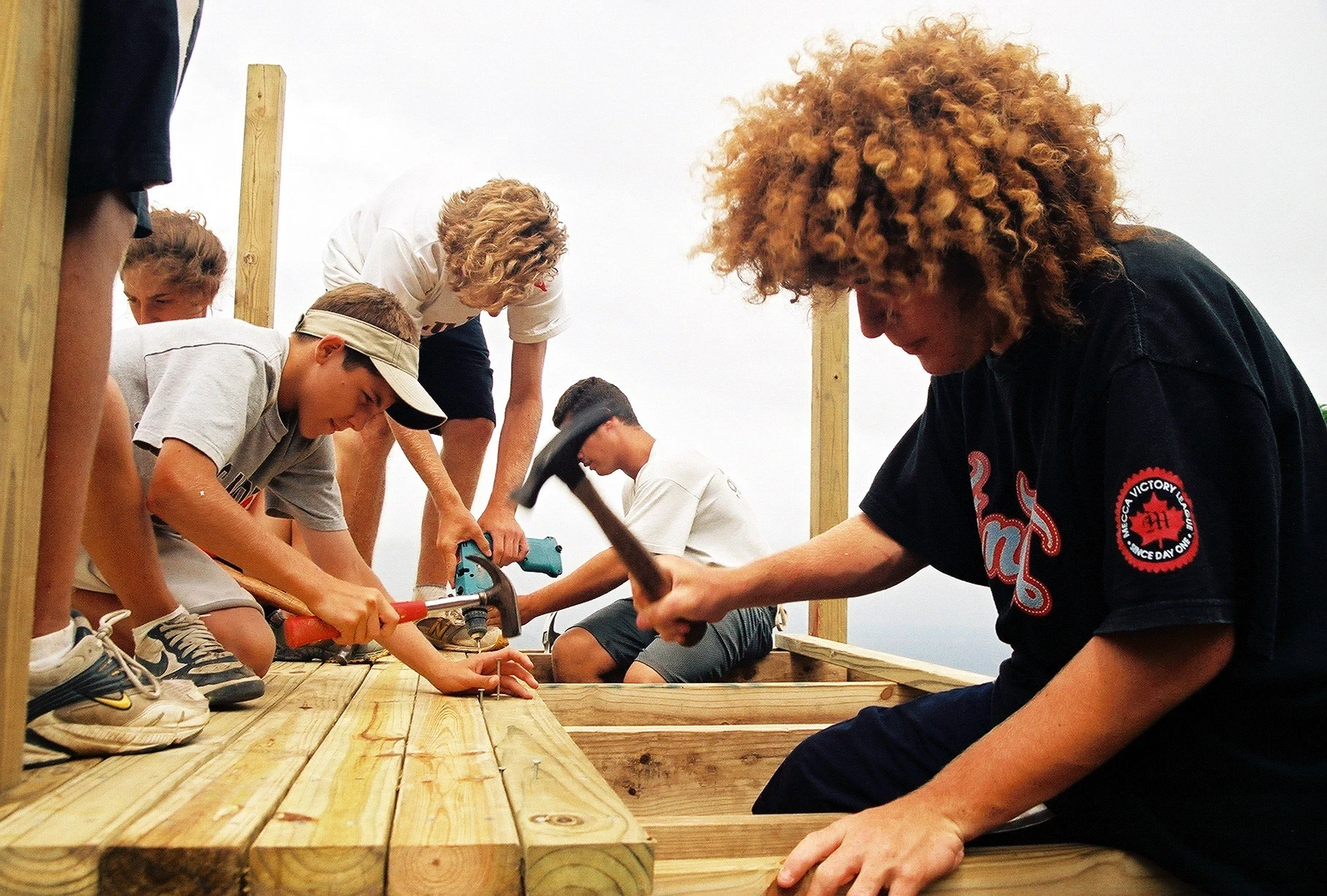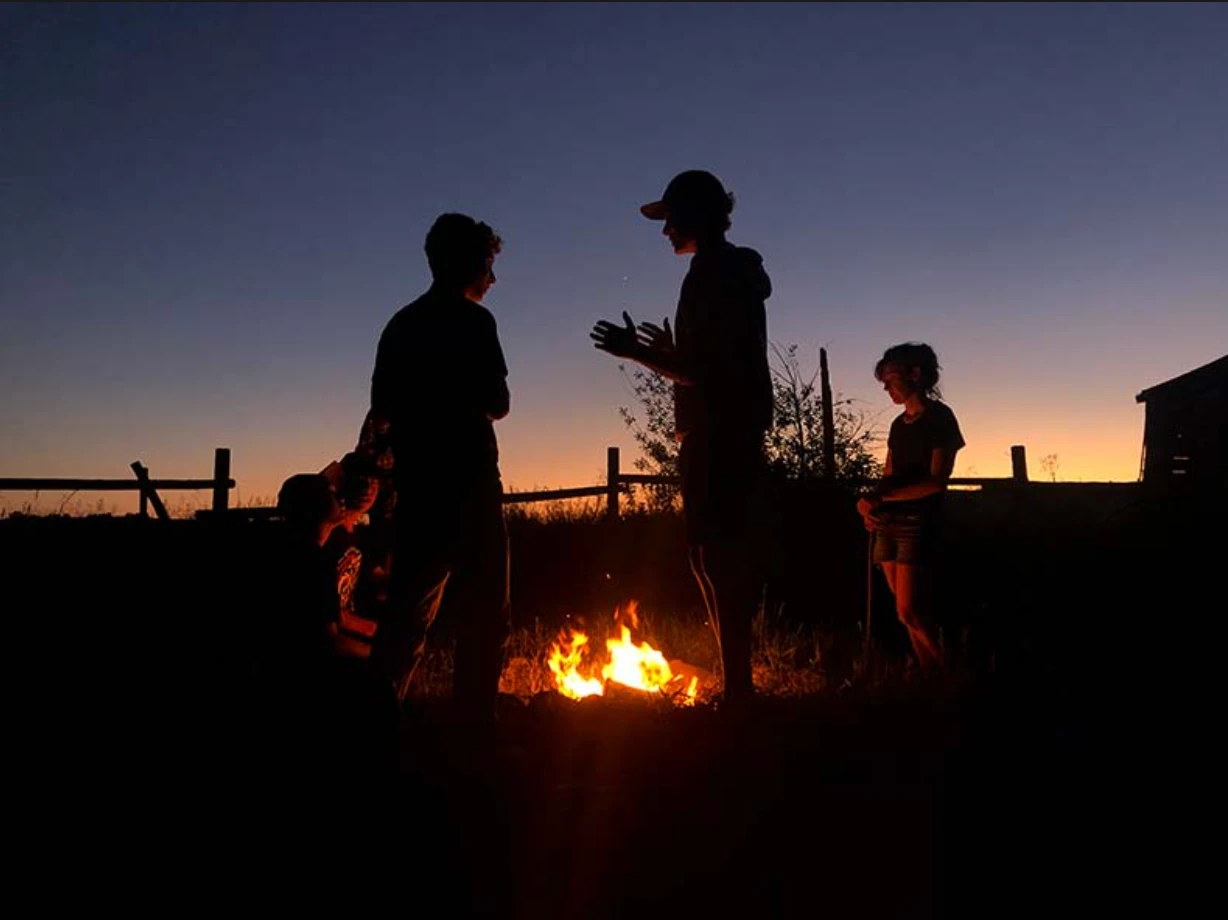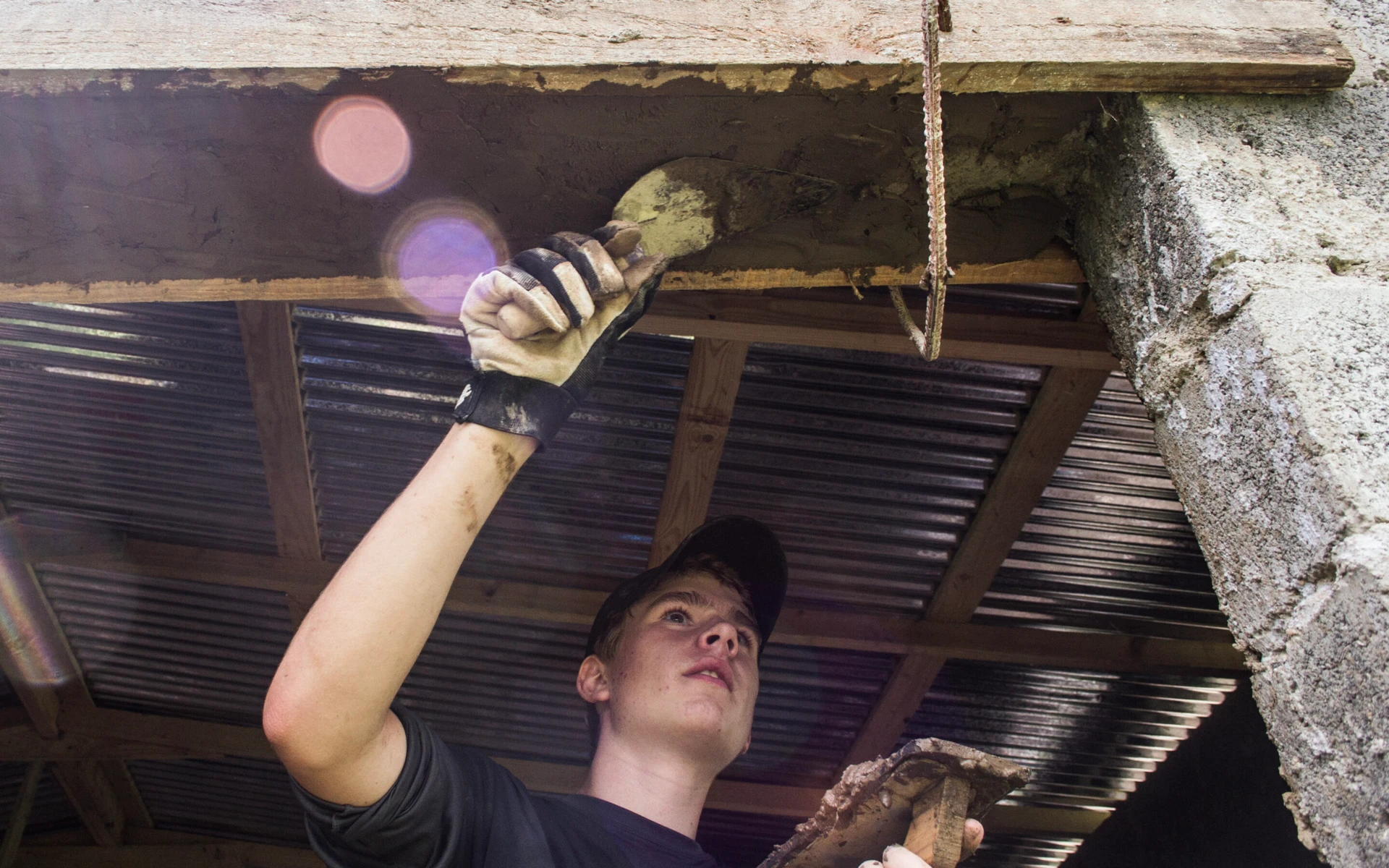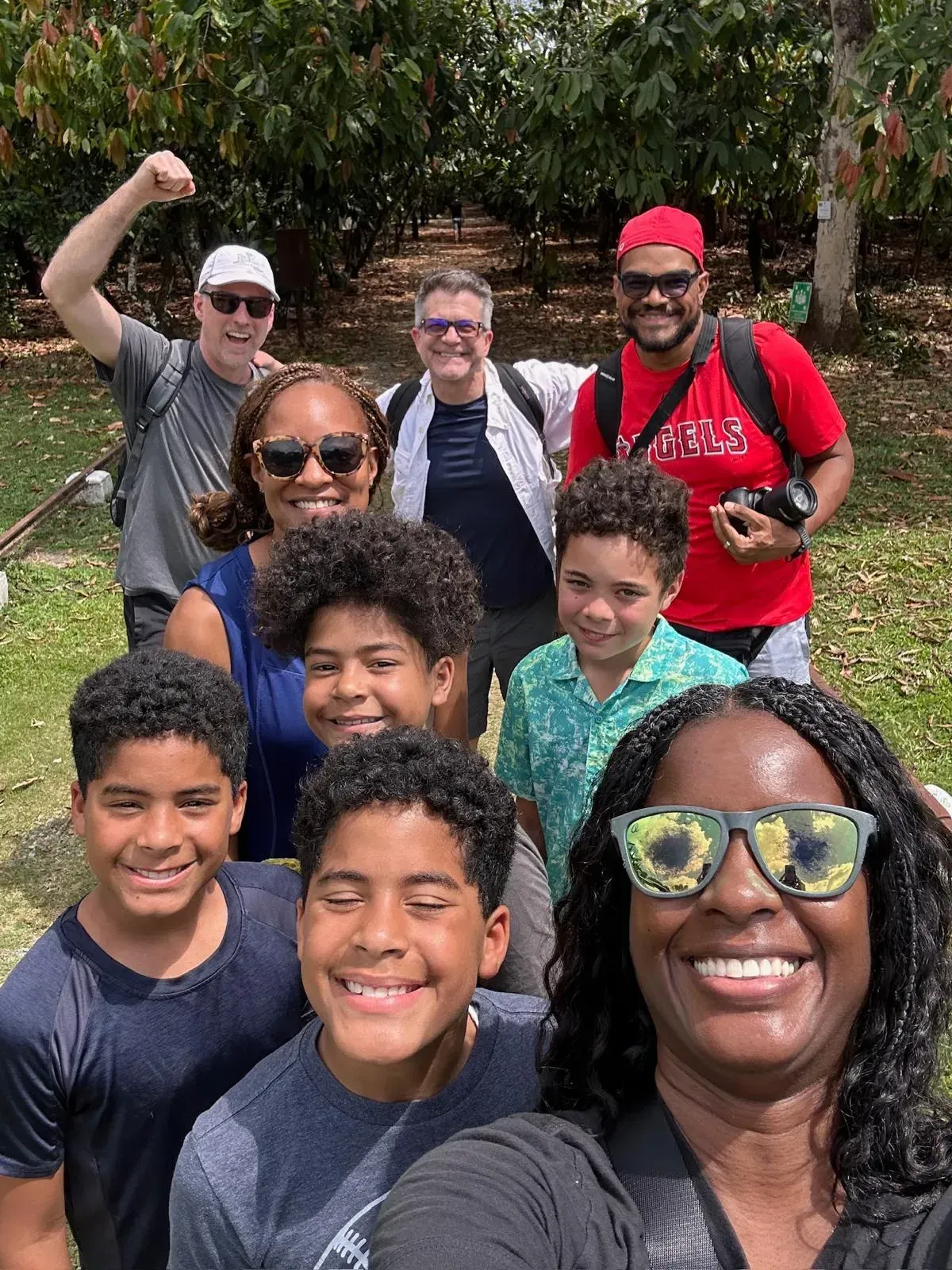Alayna Rasile Digrindakis is a textile artist and VISIONS partner who teaches a workshop for our Montana Farm Summer Program about the intersection between fashion, art, and sustainability. An instructor at Montana State University, Alayna led her first VISIONS workshop this past spring and will continue to lead more workshops this coming summer. Let’s meet Alayna!
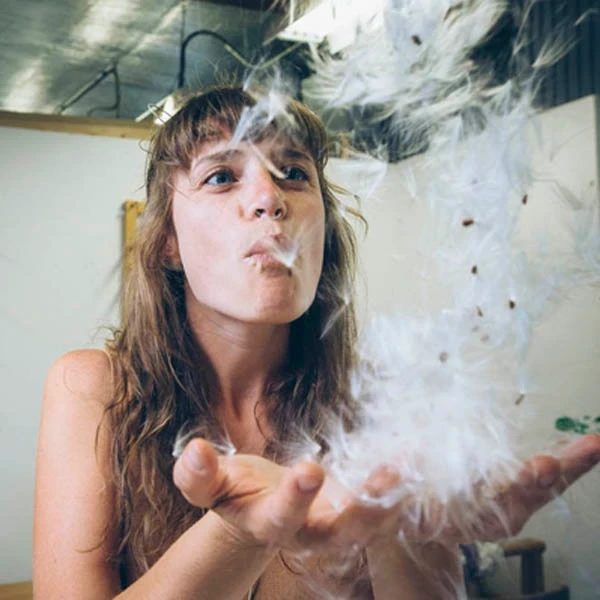
Alayna Rasile Digrindakis. Image accredited to Adrian Sanchez-Gonzalez
About Alayna
Born and raised in the mountains outside Helena, MT, Alayna Rasile earned her undergraduate degree in Geography from the University of Oregon in 2010 and her MFA from Montana State University in 2020. Rasile’s early career began as a National Science Foundation research fellow on the Fort Apache Indian Reservation.
Her contributions to the Atlas of the Western Apache led her to work in Washington, D.C. for the Native American Grave Protection and Repatriation Act. In 2015, Rasile was a yearlong resident artist at New York City’s Textile Arts Center. She has also been awarded residencies at Cabin Time on Deer Island, ME; the Women’s Studio Workshop in Rosendale, NY; and Rockland Woods on the Olympic Peninsula, WA.
Selected works in collaborative and individual exhibitions include NURTUREart in Brooklyn, NY; the Center for Craft, Creativity, and Design in Asheville, NC; the Anchorage Museum of Art in Anchorage, AK; and the Isabella Stewart Gardner Museum in Boston, MA.
Alongside her fine art practice, Alayna has extensively worked on costuming for the stage, for film, and for site-specific productions of Mountain Time Arts. She has also worked as a designer and production coordinator for a wide range of fashion brands and has her own apparel line, Absorka.
Recently, she has been working towards the material innovation of milkweed floss as a renewable, pollinator-friendly, plant-based alternative to goose down or synthetic insulation inside winter jackets.
Watch Alayna’s TEDX Talk on Sustainable Textile Design!
Alayna’s VISIONS Workshop
During Alayna’s workshop with VISIONS participants, she’ll discuss design-thinking, plant-based material innovation, her art practice as a textile artist and fashion designer using healthy and regenerative materials, and above all, hopeful worldviews – the take-home point being the importance of values-driven design when it comes to textiles.
Participants will learn about the differences between synthetic and natural color sources, as well as artificial and natural fibers. Each student will have the opportunity to explore the color potential of easily accessible dye plants, dying their own silk bandana with foraged flowers and plant material!



